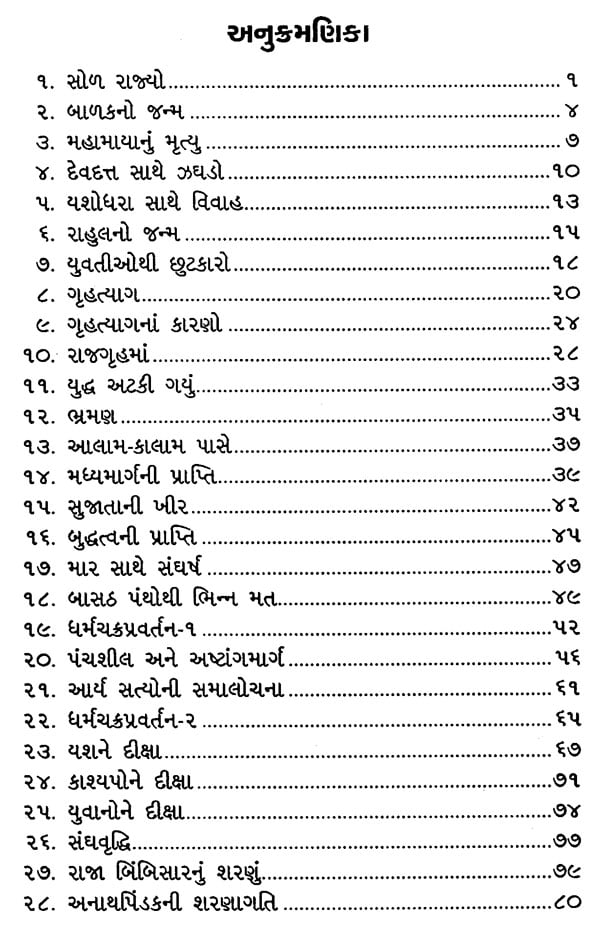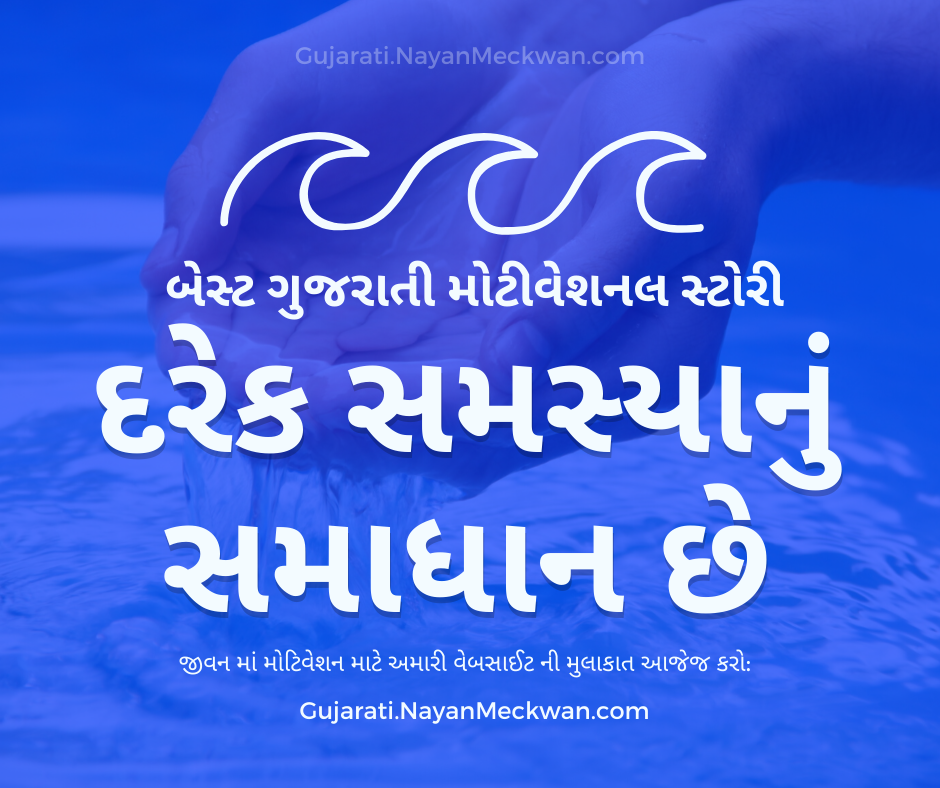
He is regarded as the founder of the world religion of Buddhism, and revered by most Buddhist schools as a savior, the Enlightened One who rediscovered an ancient path to release clinging and craving and escape the cycle of birth and rebirth. 6th to 5th century BCE or c. Gautama Buddha, popularly known as the Buddha or Lord Buddha (also known as Siddhattha Gotama or Siddhārtha Gautama or Buddha Shakyamuni), was a Śramaṇa who lived in ancient India (c. Gujarat Vidhya Sabha, Gujarat Sahitya Sabha, Gujarat Sahitya Akademi and Gujarati Sahitya Parishad are Gujarat-based. It is unique in having almost no patronage from a ruling dynasty, other than its composers. The history of Gujarati literature (Gujarati: ) may be traced to 1000 AD, 1 and this literature has flourished since then to the present.
In Hindi language making it accessible to easily of indian peoples. Available more Then 50 Asan positions with pictorial graphics. Offline reading, allowing it to work without an internet connection. They went to the monastery disguised as Buddhist monks.Features of Yogasana in Hindi : HD Video. The Book of Compassion (Gujarati). His teaching is based on his insight into the arising of duḥkha (the unsatisfactoriness of clinging to impermanent states and things) and the ending of duhkha—the state called Nibbāna or Nirvana (extinguishing of the three fires).Jain Story Book (in Gujarati).

The Buddha also critiqued the practices of Brahmin priests, such as animal sacrifice and the caste system.Gujarati calendar follows the Hindu Vikram Samvat dates. He taught a training of the mind that included ethical training, self-restraint, and meditative practices such as jhana and mindfulness. The Buddha taught a middle way between sensual indulgence and the severe asceticism found in the Indian śramaṇa movement. The Buddha then traveled throughout the Ganges plain teaching and building a religious community. According to Buddhist tradition, after several years of mendicancy, meditation, and asceticism, he awakened to understand the mechanism which keeps people trapped in the cycle of rebirth.


Anuttaro Purisa-damma-sarathi – Unexcelled trainer of untrained people. Vijja-carana-sampano – Endowed with higher knowledge and ideal conduct. Sammasambuddho – Perfectly self-awakened Seated Buddha from Tapa Shotor monastery in Hadda, Afghanistan, 2nd century CEA common list of epithets are commonly seen together in the canonical texts, and depict some of his spiritual qualities: The term is often thought to mean either "one who has thus gone" (tathā-gata) or "one who has thus come" (tathā-āgata), possibly referring to the transcendental nature of the Buddha's spiritual attainment. In the early texts, the Buddha also often refers to himself as Tathāgata (Sanskrit: ).
Although the term is more commonly used to name an individual who has attained liberation in the religion Jainism, it is also an alternative title for the Buddha. An Arahant is "one with taints destroyed, who has lived the holy life, done what had to be done, laid down the burden, reached the true goal, destroyed the fetters of being, and is completely liberated through final knowledge." Araham – Worthy of homage.
400 BCE), the ruler of the Magadha empire, and died during the early years of the reign of Ajatashatru, who was the successor of Bimbisara, thus making him a younger contemporary of Mahavira, the Jain tirthankara. Most of them accept that the Buddha lived, taught, and founded a monastic order during the Mahajanapada era during the reign of Bimbisara ( c. Historical personScholars are hesitant to make unqualified claims about the historical facts of the Buddha's life.
More recently his death is dated later, between 411 and 400 BCE, while at a symposium on this question held in 1988, the majority of those who presented definite opinions gave dates within 20 years either side of 400 BCE for the Buddha's death. According to the Ka-tan system of time calculation in the Kalachakra tradition, Buddha is believed to have died about 833 BCE. Within the Eastern Buddhist tradition of China, Vietnam, Korea and Japan, the traditional date for the death of the Buddha was 949 B.C. Most historians in the early 20th century dated his lifetime as c. The times of Gautama's birth and death are uncertain.
According to Buddhist tradition, he obtained his enlightenment in Bodh Gaya, gave his first sermon in Sarnath, and died in Kushinagar.One of Gautama's usual names was "Sakamuni" or "Sakyamunī" ("Sage of the Shakyas"). 500 BCE)According to the Buddhist tradition, Gautama was born in Lumbini, now in modern-day Nepal, and raised in Kapilavastu, which may have been either in what is present-day Tilaurakot, Nepal or Piprahwa, India. Historical contextAncient kingdoms and cities of India during the time of the Buddha (c.
As noted by Levman, "The Baudhāyana-dharmaśāstra (1.1.2.13–4) lists all the tribes of Magadha as being outside the pale of the Āryāvarta and just visiting them required a purificatory sacrifice as expiation" (In Manu 10.11, 22). The laws of Manu treats them as being non Aryan. The Shakyas were an eastern sub-Himalayan ethnic group who were considered outside of the Āryāvarta and of ‘mixed origin’ ( saṃkīrṇa-yonayaḥ, possibly part Aryan and part indigenous). Bronkhorst calls this eastern culture Greater Magadha and notes that "Buddhism and Jainism arose in a culture which was recognized as being non-Vedic". His father was an elected chieftain, or oligarch. The community was either a small republic, or an oligarchy.
In this context, a śramaṇa refers to one who labors, toils, or exerts themselves (for some higher or religious purpose). Brahmajala Sutta records sixty-two such schools of thought. Apart from the Vedic Brahmins, the Buddha's lifetime coincided with the flourishing of influential Śramaṇa schools of thought like Ājīvika, Cārvāka, Jainism, and Ajñana. Beckwith identifies the Shakyas as Scythians. According to Levman "while the Sakyans’ rough speech and Munda ancestors do not prove that they spoke a non-Indo-Aryan language, there is a lot of other evidence suggesting that they were indeed a separate ethnic (and probably linguistic) group." Christopher I.


 0 kommentar(er)
0 kommentar(er)
